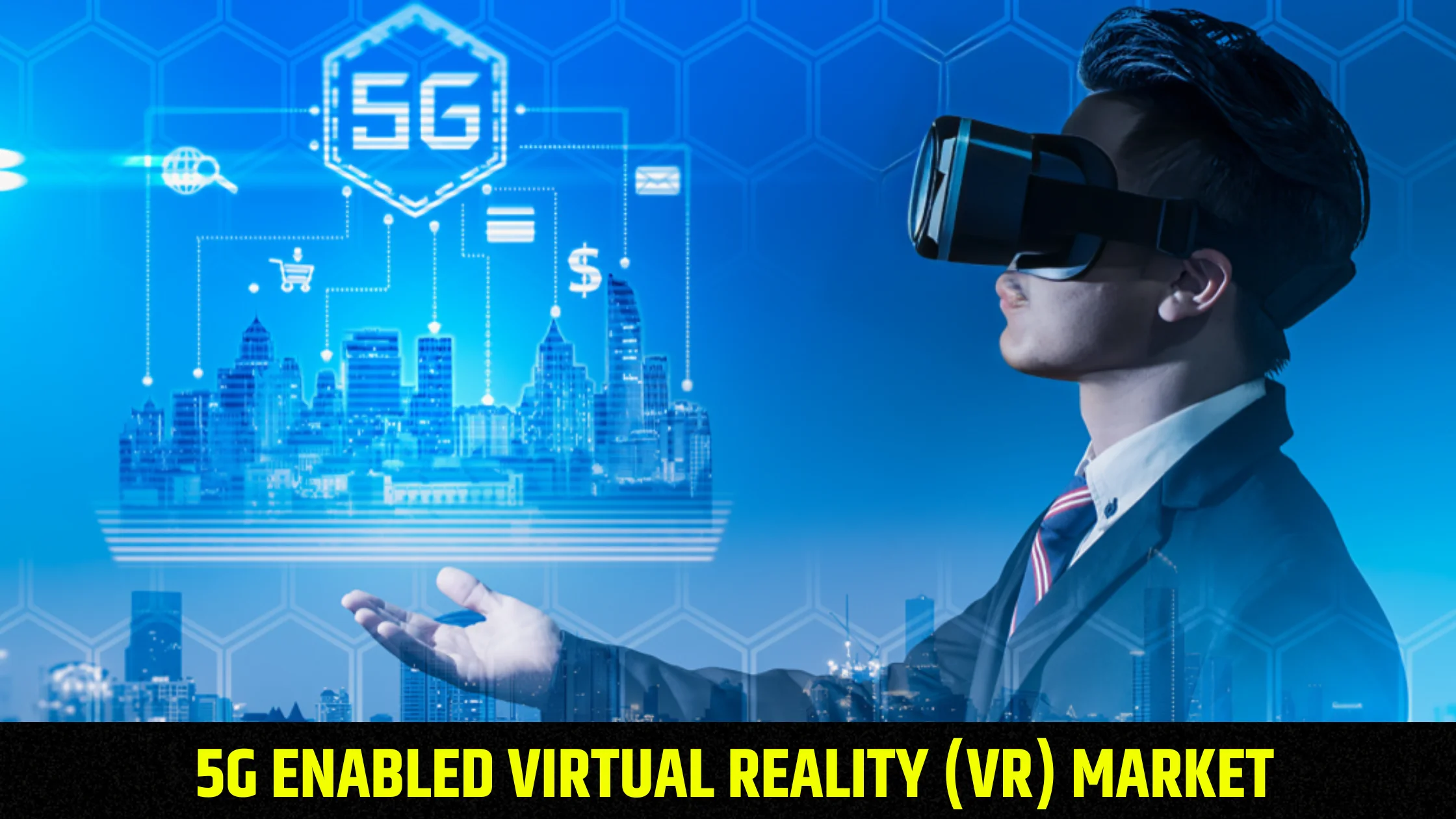Asia Pacific 5G enabled virtual reality market will grow by 43.1% over 2020-2030 with a total addressable market cap of $110.8 billion driven by the fast-growing deployment of 5G and adoption of VR technology.
Highlighted with 33 tables and 47 figures, this 125-page report “Asia Pacific 5G Enabled Virtual Reality (VR) Market 2020-2030 by Offering (Hardware, Software, Service), End Use (Consumer, Commercial, Industrial), and Country: Trend Forecast and Growth Opportunity” is based on a comprehensive research of the entire Asia Pacific 5G enabled virtual reality market and all its sub-segments through extensively detailed classifications. Profound analysis and assessment are generated from premium primary and secondary information sources with inputs derived from industry professionals across the value chain. The report is based on studies on 2015-2019 and provides forecast from 2020 till 2030 with 2019 as the base year. (Please note: The report will be updated before delivery so that the latest historical year is the base year and the forecast covers at least 5 years over the base year.)
In-depth qualitative analyses include identification and investigation of the following aspects:
• Market Structure
• Growth Drivers
• Restraints and Challenges
• Emerging Product Trends & Market Opportunities
• Porter’s Fiver Forces
The trend and outlook of Asia Pacific market is forecast in optimistic, balanced, and conservative view by taking into account of COVID-19. The balanced (most likely) projection is used to quantify Asia Pacific 5G enabled virtual reality market in every aspect of the classification from perspectives of Offering, End Use, and Country.
Based on offering, the Asia Pacific market is segmented into the following sub-markets with annual revenue for 2019-2030 included in each section.
Hardware
• Full Feature Devices
• Hardware Components
Software
• Consumer
• Commercial
• Industrial
Service
Based on end use, the Asia Pacific market is segmented into the following sub-markets with annual revenue for 2019-2030 included in each section.
Consumer
• Gaming
• Entertainment & Media
• Other Consumer Sections
Commercial
• Healthcare
• E-commerce & Retail
• E-learning & Education
• Real Estate
• Other Commercial Sectors
Industrial
• Manufacturing
• Pharmaceutical Industry
• Defense & Aerospace
• Farming
• Other Industrial Sectors
Geographically, the following national/local markets are fully investigated:
• Japan
• China
• South Korea
• Australia
• India
• Rest of APAC (further segmented into Malaysia, Singapore, Indonesia, Thailand, New Zealand, Vietnam, and Sri Lanka)
For each country, detailed analysis and data for annual revenue are available for 2019-2030. The breakdown of key national markets by Offering and End Use over the forecast years are also included.
The report also covers current competitive scenario and the predicted trend; and profiles key vendors including market leaders and important emerging players.
Specifically, potential risks associated with investing in Asia Pacific 5G enabled virtual reality market are assayed quantitatively and qualitatively through GMD’s Risk Assessment System. According to the risk analysis and evaluation, Critical Success Factors (CSFs) are generated as a guidance to help investors & stockholders identify emerging opportunities, manage and minimize the risks, develop appropriate business models, and make wise strategies and decisions.
Key Players (this may not be a complete list and extra companies can be added upon request):
Atmel Corporation
BARCO
Cypress Semiconductor Corp
Facebook
Google
HoloLens
Huawei Technologies
Integrated Device Technology Inc
Intel Corporation
Leap Motion, Inc.
LG Corporation
Maxim Integrated
Microsoft Corporation
NGRAIN
NKK Switches
Nokia
Oculus
Orion Software
Qualcomm Inc.
Rohm Semiconductor
Samsung Electronics
Semtech Corporation
Sensics, Inc.
Sixense Entertainment, Inc.
Sixense MakeVR
Sixense STEM
StreamVR
Texas Instruments
VREAL
VRWorks
Vuzix Corporation
ZTE Corporation
(Please note: The report will be updated before delivery so that the latest historical year is the base year and the forecast covers at least 5 years over the base year.)

